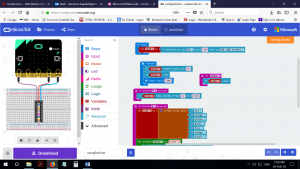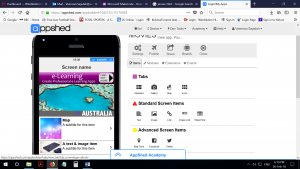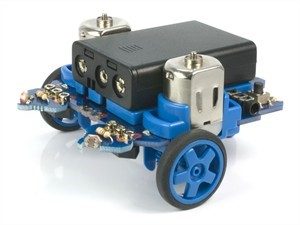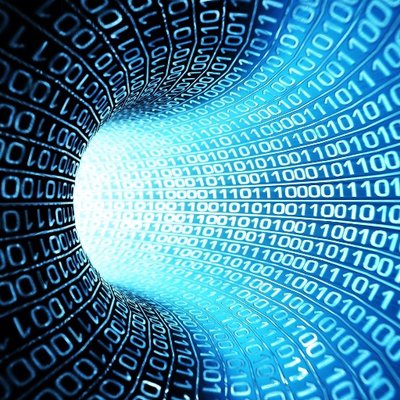Veerman Sajadah, Head of Computer Science, investigates how a change in governmental policy in 2012 impacted the teaching of ICT and Computer Science to current pupils.
2012 marked a major change in secondary education. The education secretary announced that the Information Communication Technology (ICT) curriculum must be scrapped in favour of computer science. While this change was seen as a step forward by many, the debate is still on as to whether our students are missing out on the previously skill based ICT curriculum. Consequently, GCSEs in ICT have now disappeared to make way for new Computer Science (CS) GCSE courses from all major exam boards and all schools have had to adapt. At WHS, students were introduced to CS in Year 7 in 2013. These students were the first cohort to study CS instead of ICT.
The differences between the two subjects have been more contrasting than I anticipated, given that some of the CS content was already being brought into the ICT curriculum. CS offers more challenging topics and the subject content is more specific compared to ICT. ICT topics were seen as more relevant by students not aspiring to pursue a career in technology. If a student wanted to be a historian or lawyer, they could still relate to ICT but when being taught CS topics and programming, they have found it less relevant to what they aim to do in the future.
With all exam boards offering courses in Computer Science rather than ICT, it was important to look closely at their respective specifications. As of date, different exam boards expect different topics to be covered in different depths at GCSE and at A Level. This has major implications on how to structure the KS3 curriculum so that students are ready to cope with the GCSE contents by the end of Year 9.
When we started teaching CS to Year 7 back in September 2013, our students were excited to learn a subject different from what the previous groups had studied. Indeed, CS was a much welcomed change for our girls. This group of students are now in Year 12. Four girls are currently studying the subject at A Level and are keen to study it at University. They are our most senior girls in the subject and the only group from WHS who have a GCSE in CS. Last year’s year 11 result in CS saw all 11 girls score a grade A or A*, (100% A*/A, 46% A*).
Unfortunately, like in many schools, after the first wave of keen Computer Scientist, the numbers of students opting for the subject has fallen. Several studies have been conducted both nationally and internationally to investigate why it has been hard to attract students to study CS. At WHS, we have taken on board these researches and have worked on a plan to address the challenges that we face. We have restructured our KS3 curriculum by introducing key challenging topics early with the aim of making students feel more comfortable and confident with the subject by the time they decide whether to continue studying CS at GCSE. I believe that one of the reasons ICT uptake at GCSE was higher than CS was because students were confident and comfortable with the ICT curriculum. The introduction of programming in early years is also very important to achieve this aim. However, it is not simple to teach complex concepts to children who are too young to learn them. Fortunately, the emergence of several pieces of “children friendly” software that allow students to learn programming through “blockly” has aided teachers incredibly. We are now able to introduce coding to students as early as Year 4. This will produce a generation of students keen and enthusiastic in CS.
On the other hand, there can be a risk of bringing challenging topics to the KS3 curriculum. Students can be put off the subject if they find it too hard. Hence, it is paramount to strike the right balance between “fun” lessons and relevant CS concepts. At WHS, we have brought various new fun activities into our KS3 curriculum. Girls are now able to use the micro:bit to program ringtones and LED strips in Year 7 (see image 1 below). They can create websites and web apps in Year 8 (see image 2 below) and they can use Minecraft and robots to enhance their programming skills in Year 9 (see image 3 below). The department also offers various extra-curricular clubs to engage the students. We are also working with our Scientists in Residence every week to reinforce knowledge learnt in the classroom.

Image 1: Year 7 have been using the micro:bit to program LED lights.

Image 2: Year 8 have been using appshed to create web apps.

Image 3: Year 9 learn how to program the picaxe 20X2 robot.
Our efforts towards promoting this new subject at WHS remain as strong as ever. We are continuously thinking of new ways to promote CS amongst the girls with a view to preparing them for their technological future. We also reach out to Universities such as Imperial College and work with them on projects that allow female students to come in and inspire our pupils. Being a Microsoft Showcase school, we are lucky to participate in events run by Microsoft and we are also looking at inviting experts to deliver talks on latest technologies and innovations in the world of CS. The future of the subject at WHS is bright and we are all ready to embrace it.
Research articles:
1.Computing or ICT: which would serve our pupils better?
2.Encouraging Girls to Participate in Computer Science
https://www.slideshare.net/kimarnold28/encouraging-girls-to-participate-in-computer-science-1-092014
3.School ICT to be replaced by computer science programme
http://www.bbc.co.uk/news/education-16493929
4.Women in Computer Science: Getting Involved in STEM
https://www.computerscience.org/resources/women-in-computer-science/
Twitter: @CS_IT_WHS

